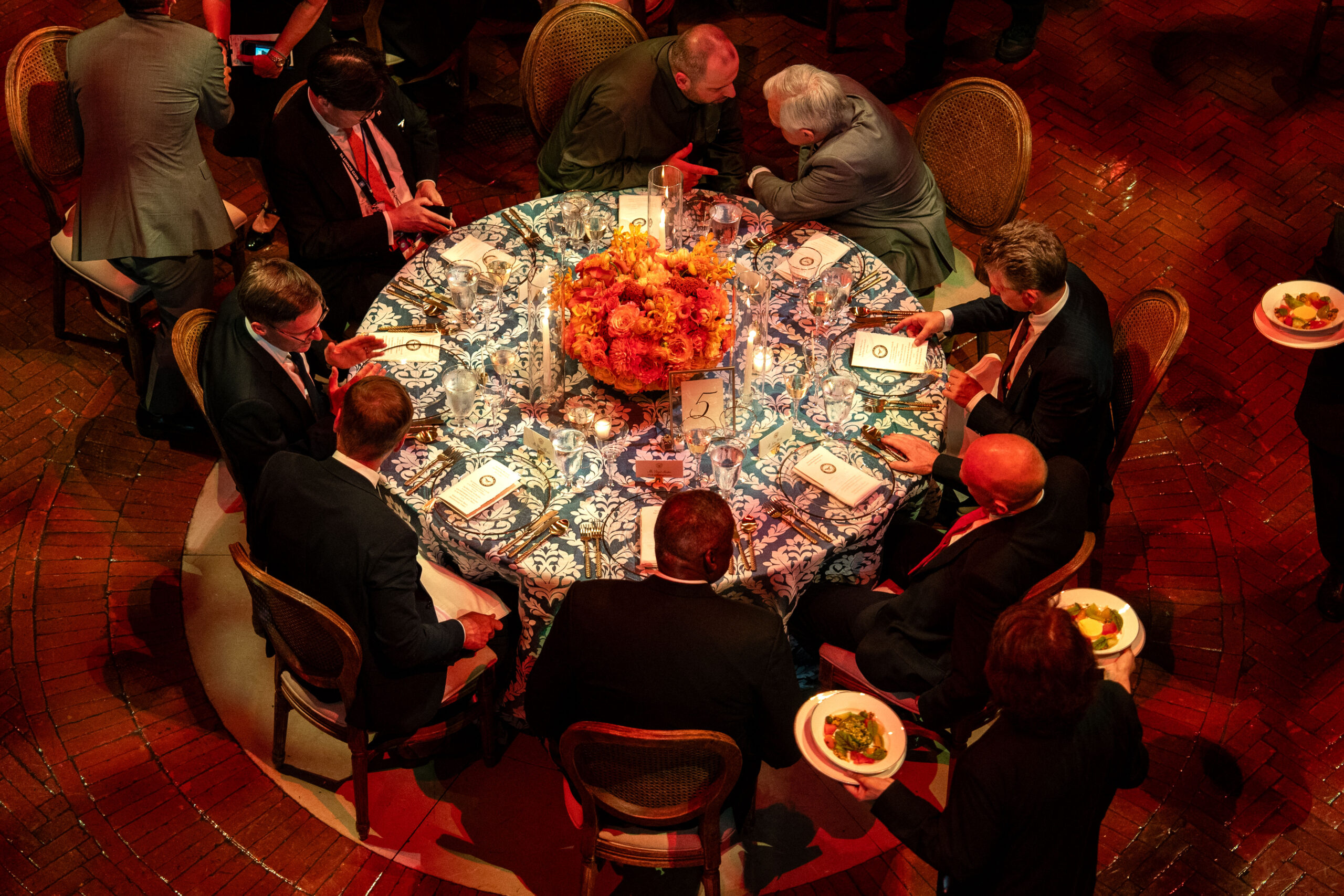
US Secretary of Defense Lloyd Austin hosts the North Atlantic Treaty Organization (NATO) defense ministers dinner hosted by U.S. Defense Secretary Lloyd Austin during the annual NATO summit at the Fort McNair on July 10, 2024 in Washington, DC. NATO leaders are meeting in Washington this week to discuss future strategies and commitments, and to mark the 75th anniversary of the alliance’s founding. Agence France-Presse
WASHINGTON — Nato countries at their summit in Washington on Wednesday came up with what alliance chief Jens Stoltenberg called a “substantial package” of support for Ukraine.
But what exactly is Nato offering the war-torn country two and half years into Russia’s invasion?
‘Trump-proofing’ arms supplies
Nato will take a greater role from the United States in coordinating training and weapons deliveries for Ukraine by setting up a centralized command.
READ: NATO boosts Ukraine air defenses as doubts over Biden cloud summit
The move is aimed at shielding supplies to Kyiv from a potential return to the White House by Donald Trump after November’s presidential election.
The change will see hundreds of personnel from different Nato members stationed at a base in Germany, and key hubs along the alliance’s eastern flank.
The switch is quite modest — and a three-star US General looks likely to take the lead.
But its an important step for an alliance that has so far steered clear of having a direct role in arming Ukraine for fears it would drag NATO closer to war with Russia.
40-billion-euro pledge
Nato countries have pledged to maintain support for Ukraine for a further year at the rate they have been doing since Russia invaded — a minimum of 40 billion euros ($43 billion).
READ: Nato turns 75 with Ukraine and future on line
“Through proportional contributions, allies intend to provide a minimum baseline funding of 40 billion euros within the next year, and to provide sustainable levels of security assistance for Ukraine to prevail,” a summit declaration said.
The political promise is designed to put aid on a firmer footing — but it is not legally binding and could be ignored by future leaders.
Initially, Stoltenberg had hoped to get allies to make it a multi-year commitment but the US demanded a review next year.
‘Irreversible path’ to membership
Nato didn’t give Ukraine what it really wants: a clear invite to join the alliance in the near future.
Instead leaders reaffirmed the commitment that Kyiv will one day become a member “when allies agree and conditions are met.”
To offer Ukraine some encouragement, leaders did agree to say that Kyiv’s path to membership is “irreversible.”
They also declared that the Nato package “constitutes a bridge” to joining.
Air defenses
More concretely, US President Joe Biden announced a major package of advanced air defenses to help Kyiv repel Russia’s attacks.
Much of it was already known — including Germany and Romania sending a Patriot battery each, Netherlands providing parts for one and Italy giving a similar system.
On top of that the United States will now add one more Patriot system of its own.
The commitments still see Nato falling short of giving Ukraine the seven Patriot systems that it has been desperately pleading for since April.
Biden and other leaders said they would provide Ukraine dozens of shorter-range systems in the coming months.
Fighter jets
The US, Netherlands and Denmark announced that the long-promised transfer of F-16 fighter jets to Ukraine was “now underway” and they would be operational in the skies this summer.
Denmark and the Netherlands had already said they were aiming to get the aircraft to Kyiv in the near future.
In total, Nato allies have promised to deliver dozens of F-16 jets to Kyiv in the coming years.
That is still well short of the roughly 120 that Ukraine’s President Volodymyr Zelensky says his country needs.